Vietnam War June 1970 “4.2 INCH MORTAR - M30” Sodlier's Field Manual - HEADQUARTERS DEPARTMENT OF THE ARMY
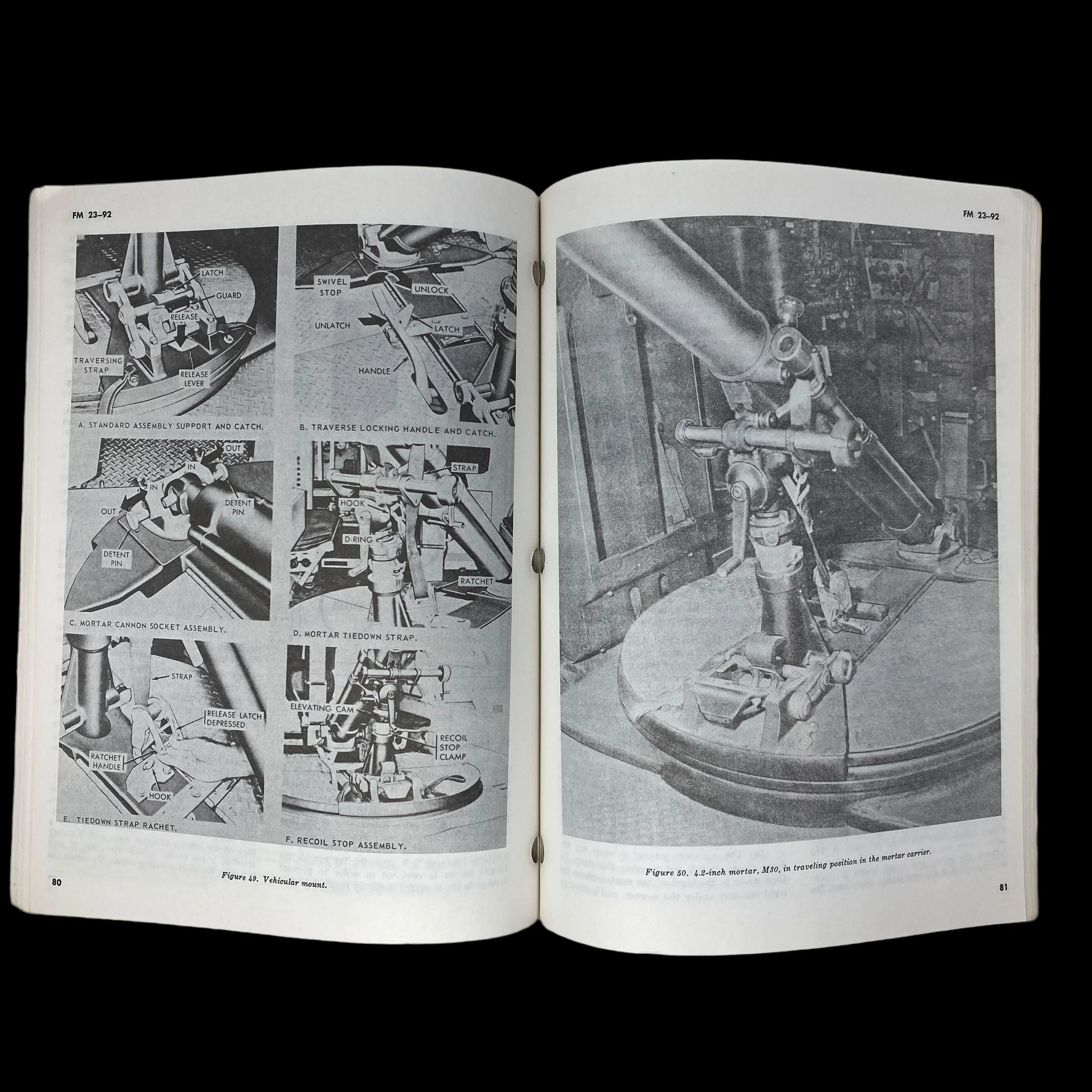
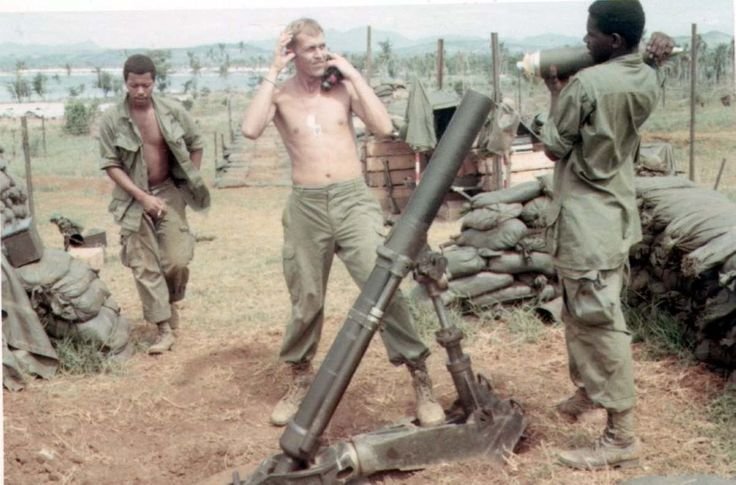
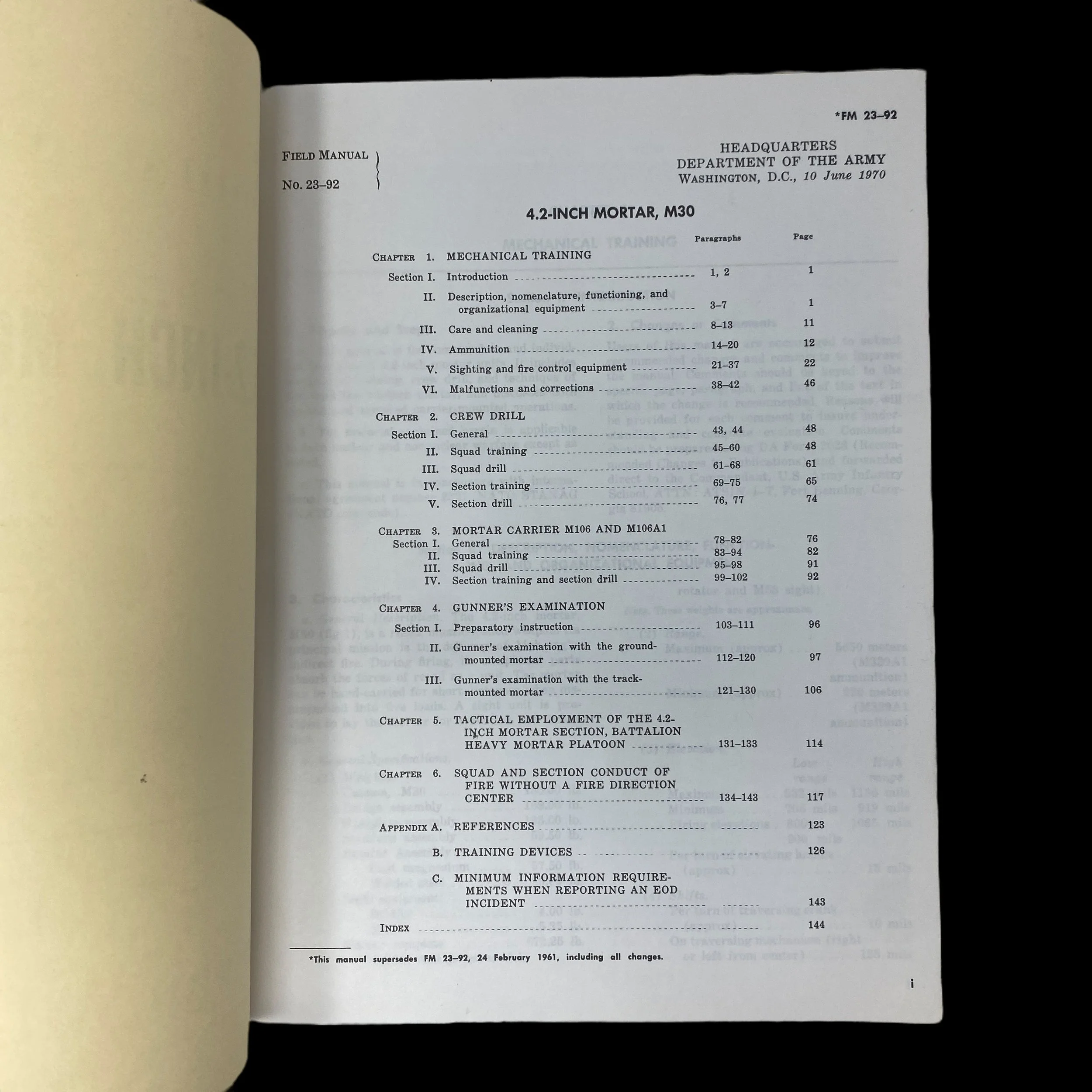







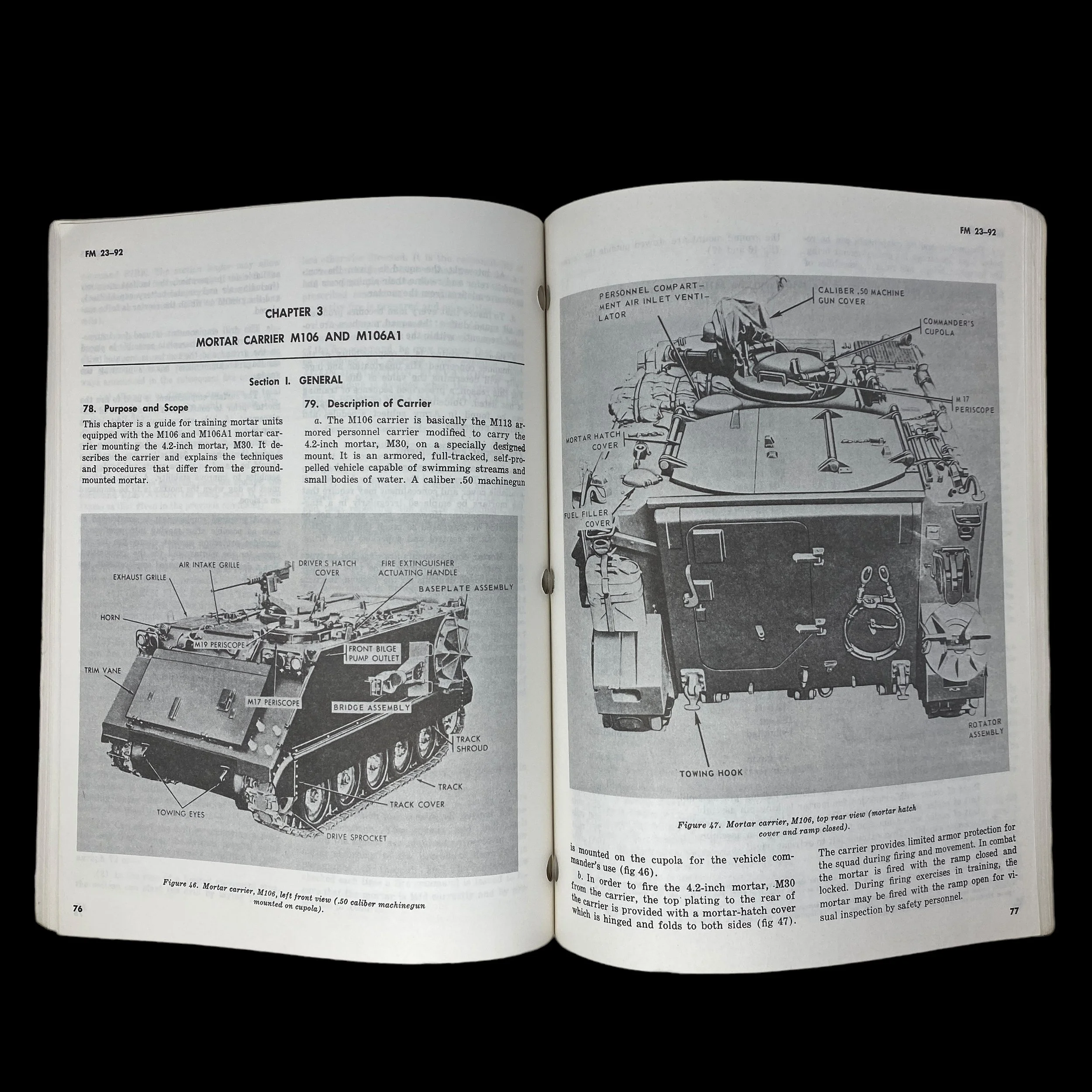









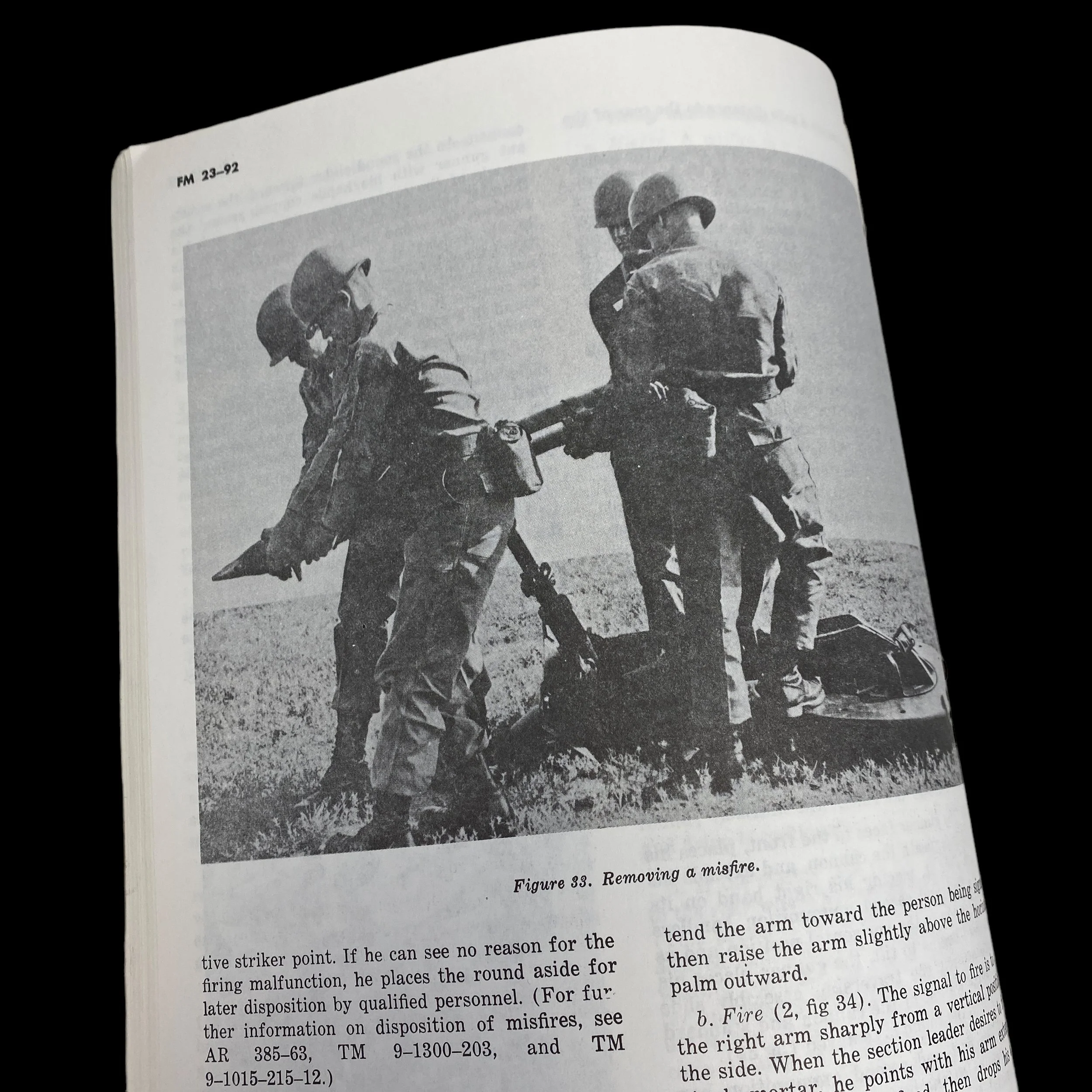

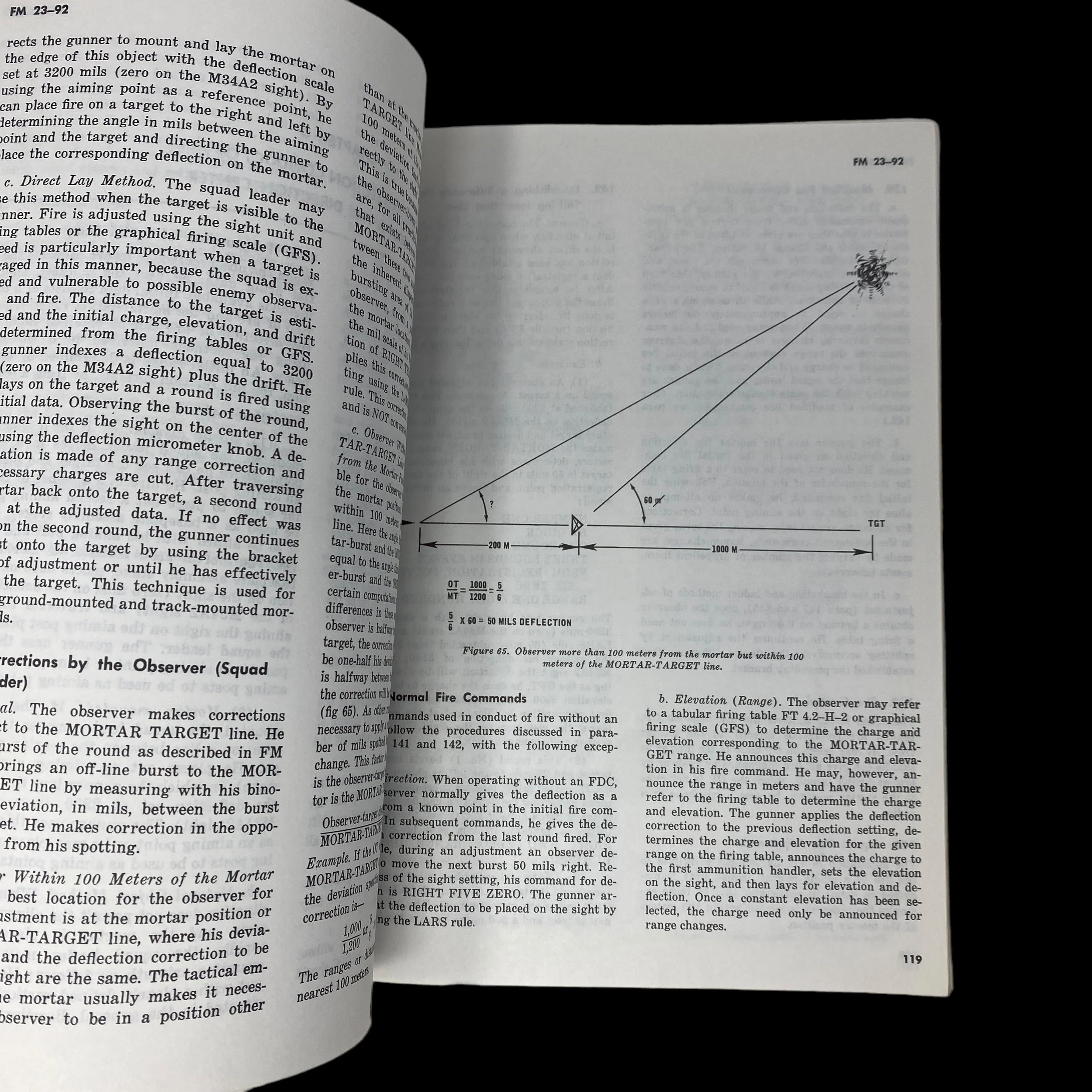





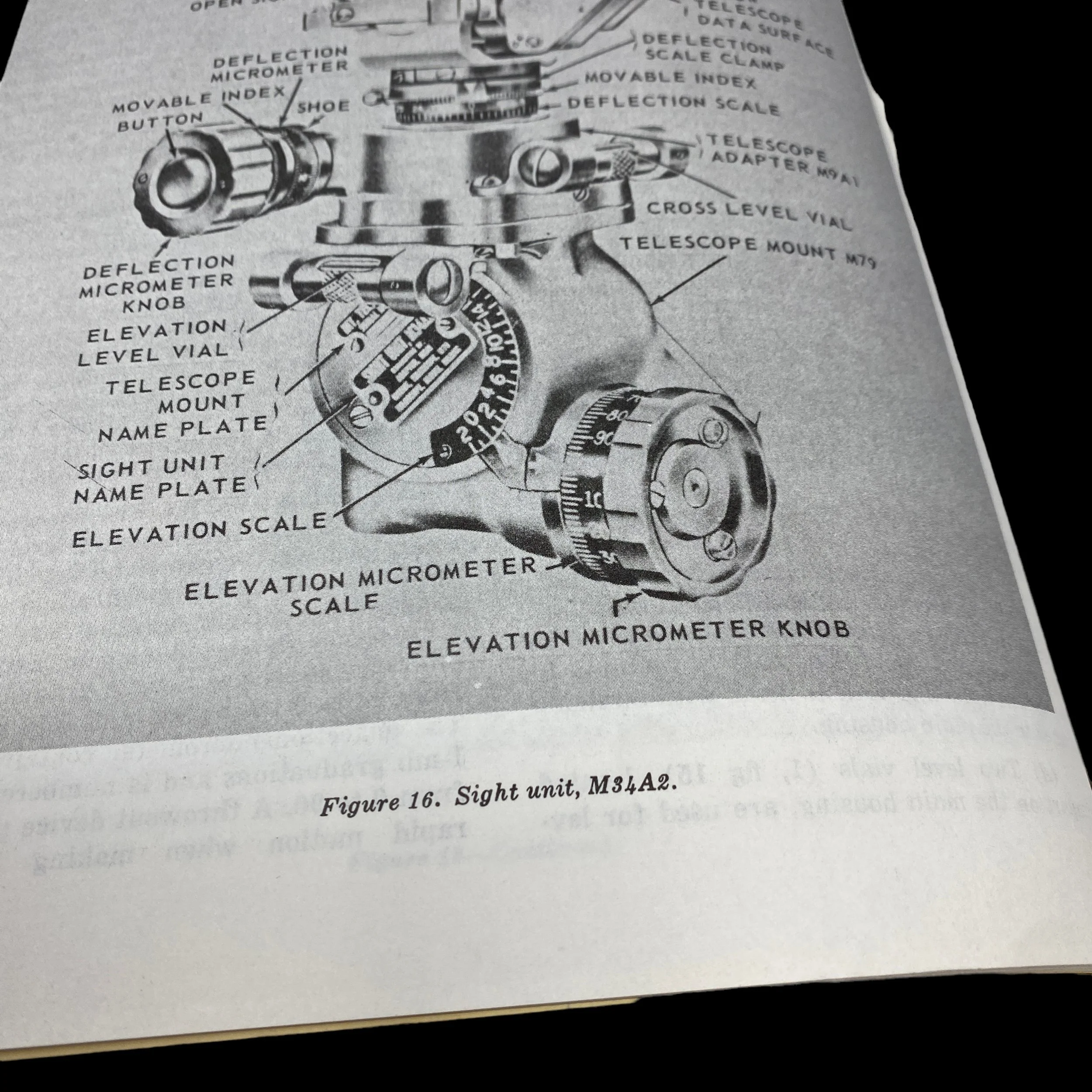
Vietnam War June 1970 “4.2 INCH MORTAR - M30” Sodlier's Field Manual - HEADQUARTERS DEPARTMENT OF THE ARMY
Comes with a hand-signed C.O.A.
This original and museum-grade Vietnam War artifact is an extensively produced informational field manual regarding the “4.2 INCH MORTAR - M30”
Dated June 1970 this manual was specially produced by the HEADQUARTERS DEPARTMENT OF THE ARMY - WASHINGTON D.C. 1970. What makes this more rare is that this manual supersedes the last U.S. Army manual that was produced in 1961. This manual was specially made to contain the most updated information and the latest technique of the M30 used in the Vietnam War.
This 4.2 INCH MORTAR - M30 manual extensively details: Carrying and Cleaning, Ammunition, Mortar Squad Training, Ground Mounted Mortar Positions, Track Mounted Mortar Positions, Heavy Mortar Platoon, etc.
The Vietnam War, spanning from 1955 to 1975, was a conflict that showcased the evolution of military tactics and technologies. Among the various weapons employed during this turbulent period, the 4.2 Inch Mortar M30 emerged as a crucial artillery asset for both American and South Vietnamese forces.
The 4.2 Inch Mortar M30, introduced during World War II, became a staple in the U.S. Army's artillery arsenal. Its design evolved from the M2 mortar, and by the time of the Vietnam War, it had proven its effectiveness in earlier conflicts. The mortar's adaptability and versatility made it a preferred choice for supporting infantry units and engaging enemy positions in varied terrains, including the dense jungles of Vietnam.
The 4.2 Inch Mortar M30 was a smoothbore, muzzle-loading weapon with a caliber of 4.2 inches (107 mm). It had a maximum range of approximately 6,800 meters (7,400 yards) and a maximum rate of fire of 16 rounds per minute. The mortar was typically crewed by five to seven personnel, with one individual responsible for aiming and firing, while others handled tasks such as loading and ammunition supply.
One of the distinctive features of the M30 was its ability to fire a variety of projectiles, including high-explosive (HE), smoke, illumination, and white phosphorus rounds. This adaptability allowed military commanders to tailor their artillery support to the specific needs of a given mission, making the mortar a valuable asset in the dynamic and unpredictable landscape of the Vietnam War.
The 4.2 Inch Mortar M30 played a crucial role in a variety of strategic and tactical applications throughout the Vietnam War. Its primary function was to provide indirect fire support for infantry units operating in the challenging terrain of South Vietnam, characterized by dense jungles, rice paddies, and mountainous regions. The mortar's high trajectory and relatively large caliber made it effective in engaging enemy positions that were not visible to direct-fire weapons.
One of the key advantages of the M30 was its mobility. The mortar could be disassembled into several components and transported by helicopter to remote locations, allowing for rapid deployment and repositioning. This mobility was particularly valuable in a conflict where the front lines were often fluid, and the ability to quickly respond to changing circumstances was paramount.
Furthermore, the 4.2 Inch Mortar M30 played a crucial role in providing close support during search and destroy missions, where infantry units sought out and engaged Viet Cong and North Vietnamese Army forces. The mortar's ability to deliver accurate and powerful firepower over a significant distance made it a formidable weapon in disrupting enemy positions and countering ambushes.
In conclusion, the 4.2 Inch Mortar M30 emerged as a vital artillery asset during the Vietnam War, showcasing its adaptability, mobility, and effectiveness in the challenging and dynamic environment of the conflict. Its role in providing indirect fire support, especially in the dense jungles of South Vietnam, contributed significantly to the overall military strategy employed by American and South Vietnamese forces. The legacy of the 4.2 Inch Mortar M30 in the Vietnam War serves as a testament to the importance of versatile and reliable artillery in modern warfare.